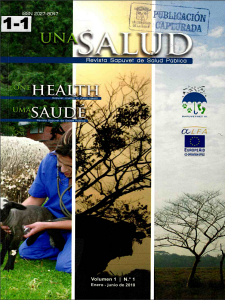Abstract
Tick-borne zoonoses (TBZ) are a serious public health threat in both Southern and Northern hemispheres. Over the last decades, TBZ have caused serious illnesses and deaths in humans and have been increasing worldwide due to ecological and human factors. Within the activities of ICTTD-3, an EU funded project a geographical database on TBZ in the (sub-)tropics has been developed. The final goal is to produce updated TBZ distribution maps, constructing ecological niches models for vectors/zoonoses and drawing TBZ risk maps. A list of TBZ pathogens relevant for the (sub-)tropics has been compiled. The database includes data on TBZ within the tropical and sub-tropical belt (35°S-35°N). An extensive bibliographic search of scientific papers, reports, conference proceedings and other publications on TBZ is being collected by a multidisciplinary team belonging to various institutions and projects/networks worldwide, including researchers/lecturers from the SAPUVETNET III project. SAPUVETNET is an international network on Veterinary Public Health composed by 10 Latin-American and 5 European Veterinary Faculties, financed under the EU ALFA III Programme. As spatial information is the core component of the database, each record is geo-referenced: geographical coordinates, when not provided by the authors, were extracted from web gazetteers. From a total of 524 relevant publications reviewed and entered in the database, 705 geo-referenced TBZ records (out of 1,446) have been extracted. About 347 records are geo-referenced at village level and 43 have coordinates provided by the authors.Downloads
Download data is not yet available.



